1. “What you talkin’ ‘bout, Willis?”
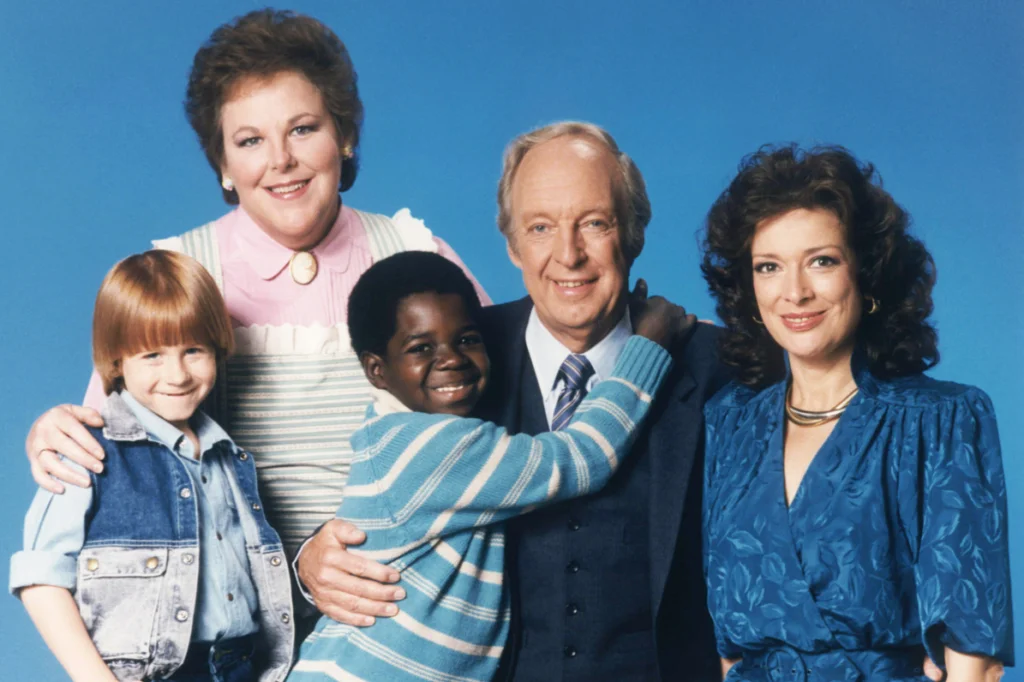
This line from Diff’rent Strokes became instantly iconic, largely thanks to Gary Coleman’s portrayal of Arnold Jackson. The phrase was his confused response to his older brother, Willis, who often offered complicated advice. The catchphrase caught on because of its humorous and relatable way of expressing confusion. It’s no surprise that people still reference it today when something totally unexpected or baffling happens in conversation.
The beauty of this line is how it transcended its original setting. “What you talkin’ ‘bout, Willis?” evolved from a simple sitcom quote to a part of everyday banter. It’s often used when people feel completely out of the loop or when something sounds too good (or weird) to be true. Even decades later, it’s still used to add some levity to any situation where words fail you.
2. “I’ve fallen and I can’t get up!”
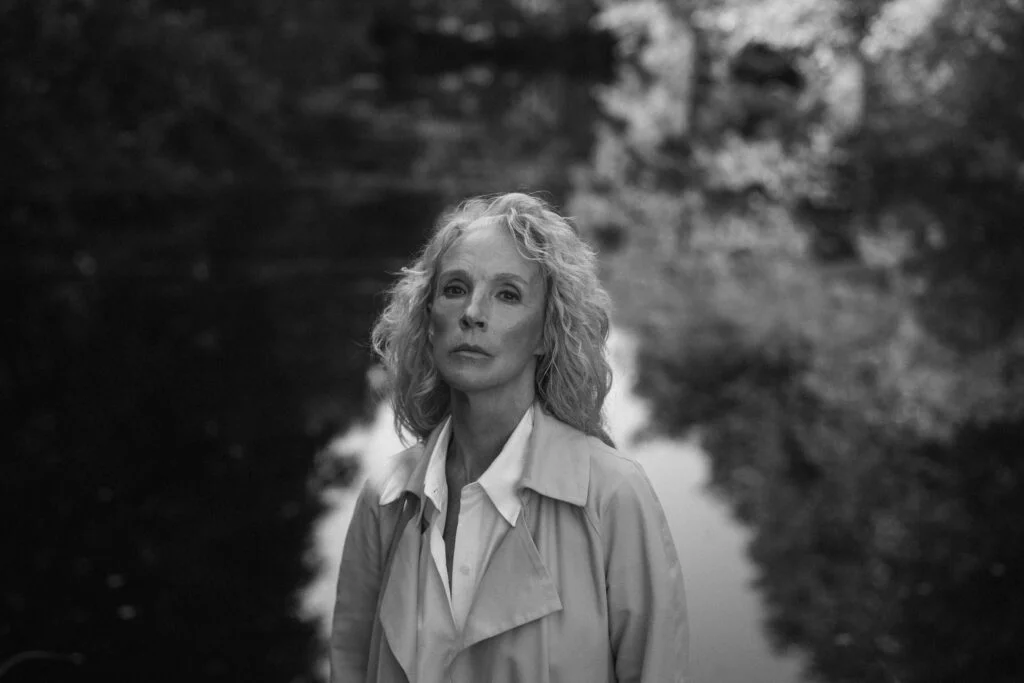
Originally made famous by an LifeCall commercial in the late ‘80s, this line became a surprising staple in pop culture. The phrase was used by a woman who had fallen and needed help, but it quickly morphed into a joke used to express being overwhelmed or in need of assistance. Its humor and relatability made it a memorable part of TV history.
Despite being associated with a commercial, this catchphrase somehow became ingrained in everyday language. It’s often used when someone feels like they’re in a bind or too tired to keep going. Although it was part of a serious product advertisement, it has maintained its humorous, lighthearted tone over the years and still surfaces in conversations today.
3. “No soup for you!”
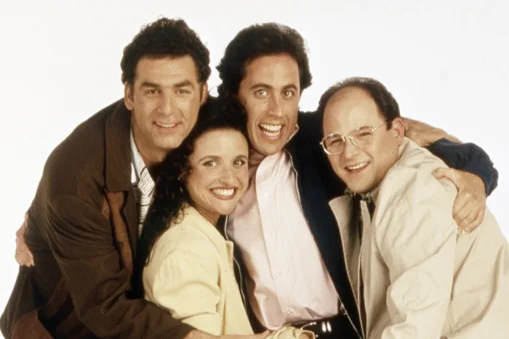
This line, from the infamous Seinfeld episode featuring the Soup Nazi, is a declaration of denial that’s hard to forget. The Soup Nazi, a strict and no-nonsense chef, would refuse to serve his soup to those who didn’t follow his rigid rules. His famous words were delivered with authority and finality, leaving a lasting impression on fans of the show.
The phrase quickly became a popular way to joke about being shut down or denied something. Whether it’s a missed opportunity or just a funny rejection, “No soup for you!” is still used to playfully convey a moment of being turned away. It’s one of those rare catchphrases that went beyond the show’s fanbase and entered the public lexicon.
4. “How you doin’?”
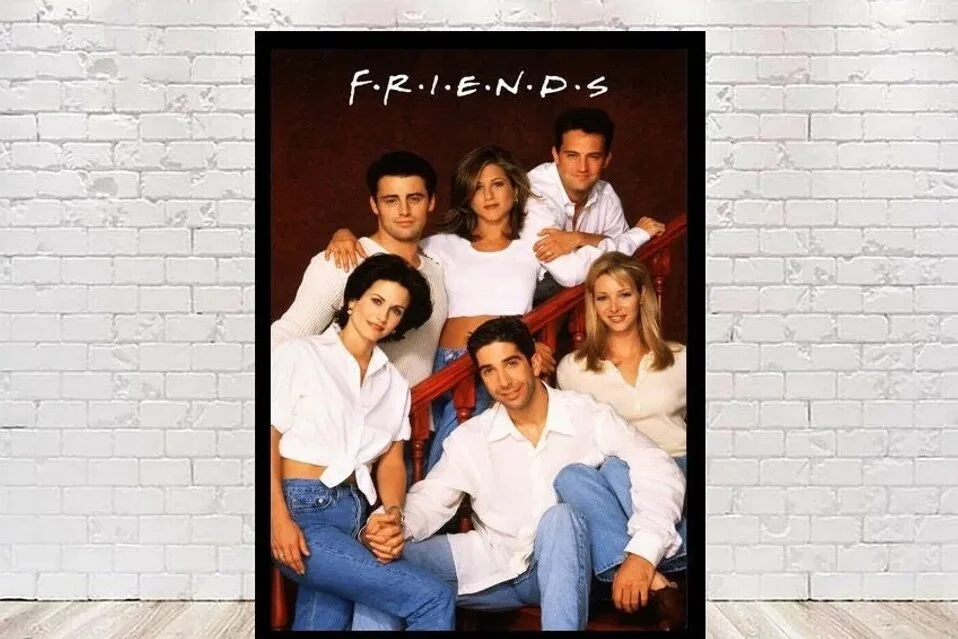
Joey Tribbiani’s infamous line from Friends was both cheesy and endearing, and that’s why it became a fan favorite. Joey, played by Matt LeBlanc, would deliver this line in his trademark flirtatious style whenever he saw someone he found attractive. It became synonymous with his character’s charming yet often clueless personality.
The phrase has lived on as a way of expressing playful flirtation in a comedic way. You don’t need to be in a romantic situation to use it, either—“How you doin’?” can be used in a funny or exaggerated manner to break the ice or add some humor to an otherwise normal greeting. It remains an evergreen part of pop culture, often quoted in playful jest.
5. “Don’t go there.”
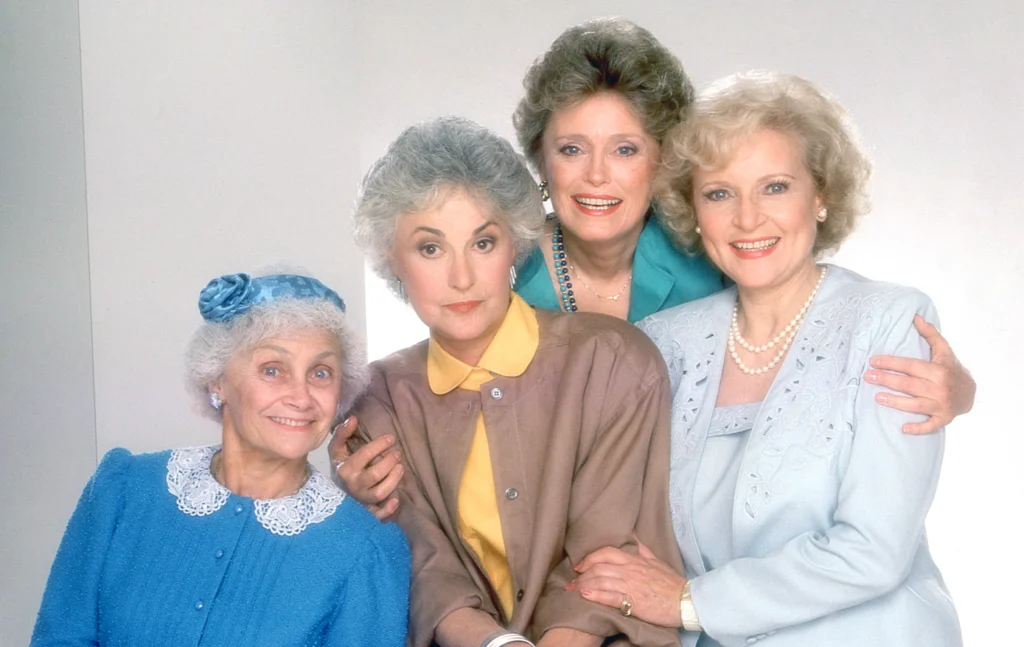
Used often in The Golden Girls by Dorothy Zbornak, this catchphrase became synonymous with shutting down a conversation that was headed into uncomfortable or inappropriate territory. Dorothy, played by Bea Arthur, would use it to keep her friends in line and maintain control over wild or awkward discussions.
The phrase became a quick and snappy way of putting an end to any conversation or behavior that was getting out of hand. Today, “Don’t go there” is still used when someone starts to veer into uncomfortable territory, whether in conversation or in situations that just need to be avoided. Its straightforwardness makes it perfect for deflecting awkwardness.
6. “What’s the deal with…?”
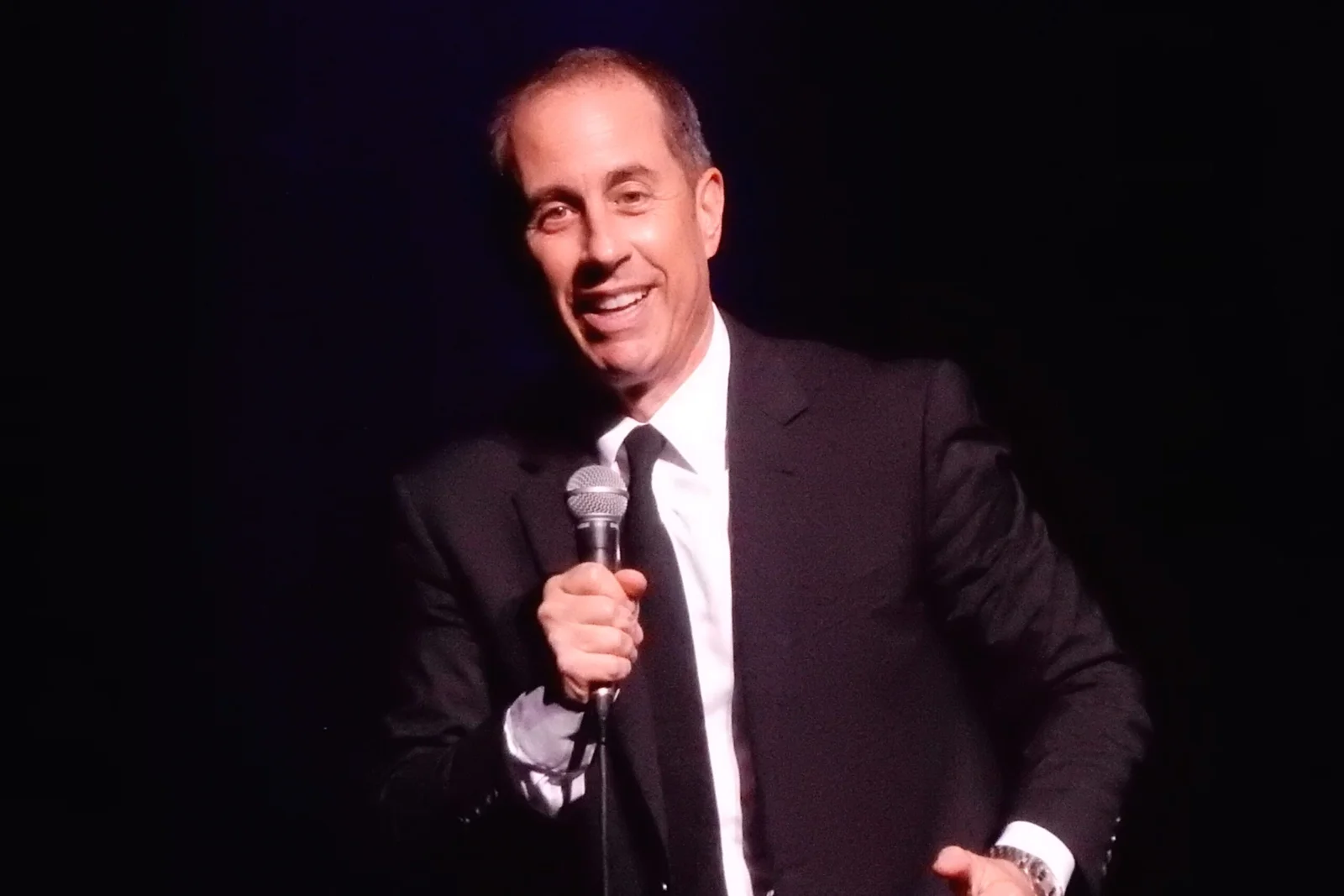
Jerry Seinfeld’s signature opening to many of his comedic monologues in Seinfeld helped cement this catchphrase in the cultural zeitgeist. He would start many of his stand-up bits by asking, “What’s the deal with…,” often followed by humorous observations about everyday life. The simplicity of the question and his delivery made it a perfect setup for his observational humor.
In the years since, “What’s the deal with…?” has become a humorous way to start a question or comment on something odd or perplexing. It’s still used in both casual and comedic contexts to ask why something is the way it is. From the workplace to social gatherings, this catchphrase remains a timeless way to express curiosity with a dose of humor.


